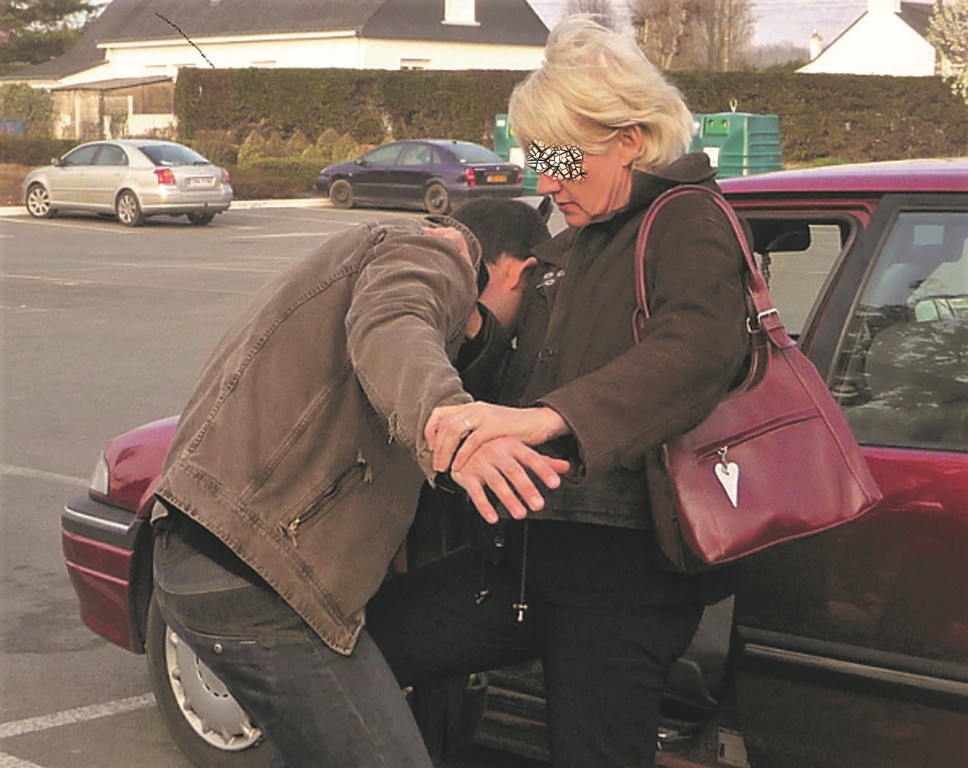Women’s self-defence courses should focus on rebuilding the confidence rather than practising useless techniques and punches.
This is a story I collected several years ago, of a woman who was a victim of rape. She recounts how a man approached her on the streets of a large city in Germany, harassing her while disguising the assault as seduction.
He lured her into his car, took her to his place, and raped her.
He lured her into his car, took her to his place, and raped her.
The narrator may appear passive because her defence doesn’t transform into a counterattack involving physical force against the assailant.
In reality, she developed multiple self-defence strategies.
For instance, she refused to get into his car, expressed her desire to go home, removed the hand the assailant placed on her knee, bit his thumb when he began to kiss her, and tried, as a last resort, to morally reason with him.
However, at a certain point, she resigned herself, thinking, “All that I could foresee (I feared at worst, I was facing a maniac capable of taking my life, and at best, I would endure severe beatings) seemed more terrible than allowing it to happen and waiting for it to be over.”
In reality, she developed multiple self-defence strategies.
For instance, she refused to get into his car, expressed her desire to go home, removed the hand the assailant placed on her knee, bit his thumb when he began to kiss her, and tried, as a last resort, to morally reason with him.
However, at a certain point, she resigned herself, thinking, “All that I could foresee (I feared at worst, I was facing a maniac capable of taking my life, and at best, I would endure severe beatings) seemed more terrible than allowing it to happen and waiting for it to be over.”
The rape, through violence and humiliation, had already occurred (Durand, 1970: 95). Despite feeling “hatred and a terrible desire to fight,” the victim was “paralysed” and couldn’t imagine physically counterattacking the assailant.
The assailant, who continually displayed his strength and power, instilled fear and vulnerability in her.
The assailant, who continually displayed his strength and power, instilled fear and vulnerability in her.
The denunciation of male violence against women is guided by the principle summarised in the slogan “the personal is political.”
The way this woman told her story to move the issue of rape from a personal problem to one rooted in the gender relations that structure society provides a clear illustration of the shift from “personal trouble” to “public issue” (Mills, 1959).
Emphasis is placed on the ordinary nature of violence against women, which is now considered not as a result of deviant individual behaviour but as a product of gendered power dynamics.
This is how Jalna Hanmer conceptualises “the function of violence and threat as the main structural beam of social structure and the entire social process that is based on the subjugation of women” (Hanmer, 1977: 87).
Women are victims of male violence for two reasons.
- First, men acquire the legitimacy and the physical and mental capabilities to commit acts of aggression.
- Second, the means for women to defend themselves physically, emotionally, and psychologically have systematically been made out of reach for them.
In summary, from a very young age, girls have toys for girls, and boys have toys for boys.
Does women’s football cups have as much prominence as men’s football in the world? (And yet, I’ve never seen a single football or rugby match in my life). Men have the biggest cars, while women pick up their children from school in the smallest cars, and so on.
Does women’s football cups have as much prominence as men’s football in the world? (And yet, I’ve never seen a single football or rugby match in my life). Men have the biggest cars, while women pick up their children from school in the smallest cars, and so on.
The distancing of women from fundamental economic, physical, and mental tools necessary for their integrity, autonomy, and security is intrinsic to gender violence understood as social control. The anthropological work of materialist feminists like Paola Tabet (1979) and Nicole-Claude Mathieu (1983) offers precise analyses of this mechanism.
So, if a woman doesn’t defend herself or does so minimally in the face of an assault by a man, it’s not because she’s inherently incapable, but because she lacks the means.
The narrative above clearly demonstrates that the possibilities for self-defence, especially physical ones, are highly limited.
Self-defence for woman is worthy only if it aims to empower women – physically (not by building up muscles but using the body as it is as a tool do defend herself), emotionally, mentally – to defend themselves. Nonetheless, it remains relatively inconspicuous and has never been widely promoted as a primary tool in the fight against violence against women.
This is why self-awareness is more important than self-defence technique. Self-defence does not involve striking a punching bag a thousand times and sweating for an hour. In a real self-defence situation, it won’t last an hour, but at most 30 seconds. In such cases, a woman must overcome a lifelong social program of domination that has been instilled in her since childhood. I’ve often heard women say about boys who teased girls, “Oh, boys will always be boys.”
Women’s self-defence courses should focus on rebuilding the confidence that has been erased from the earliest years of life.





